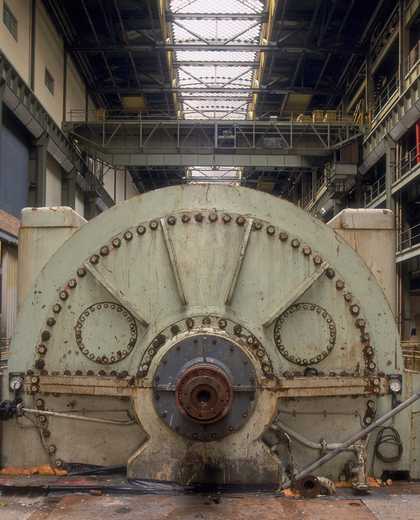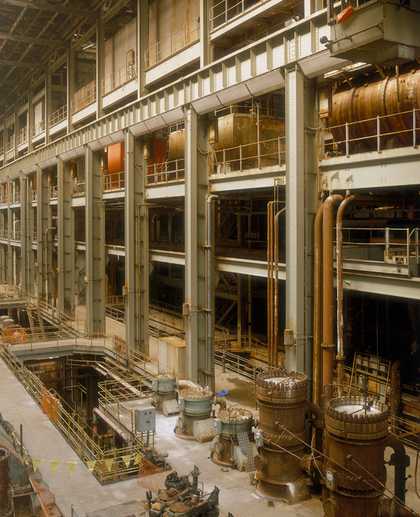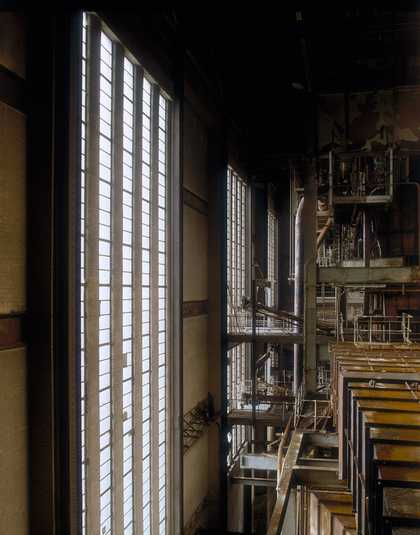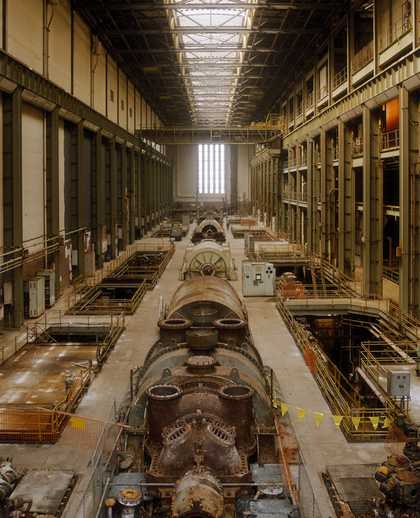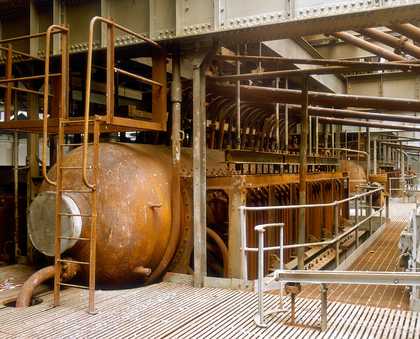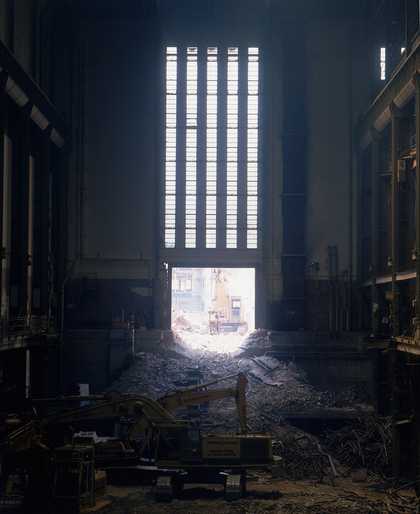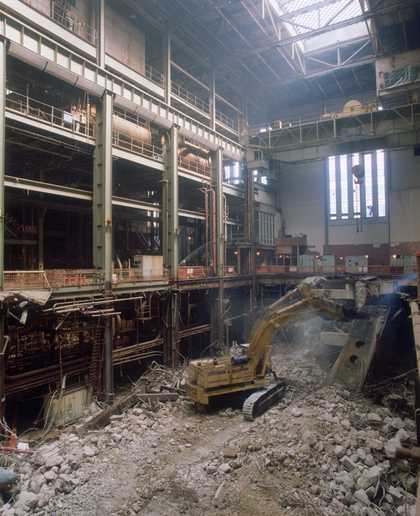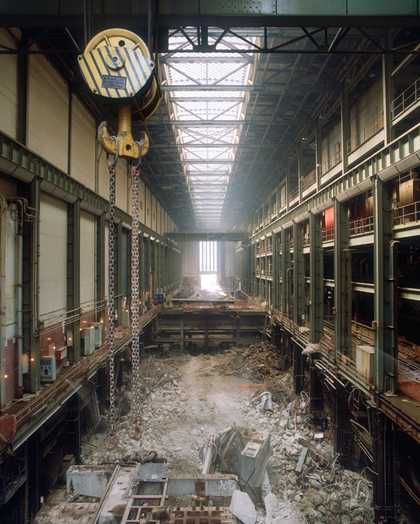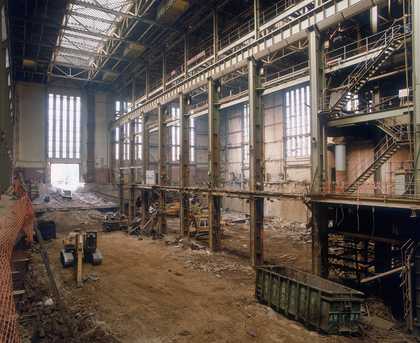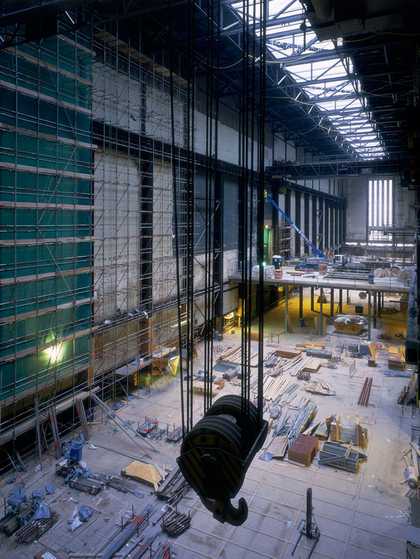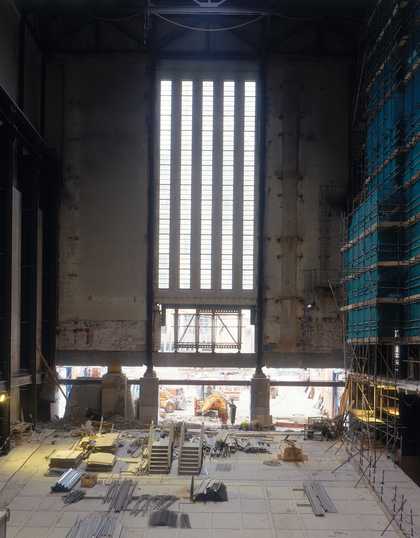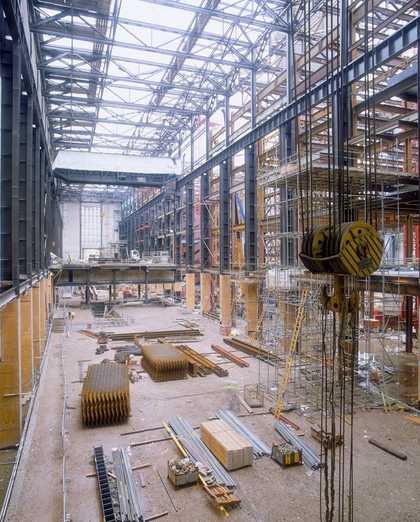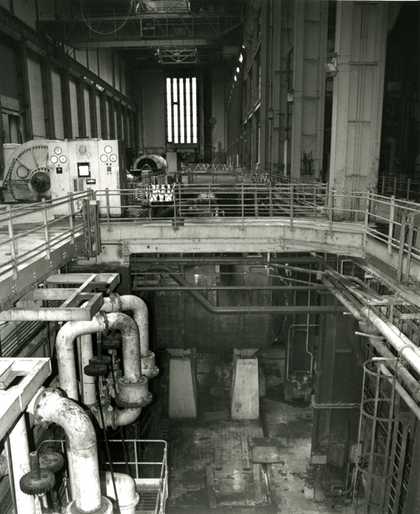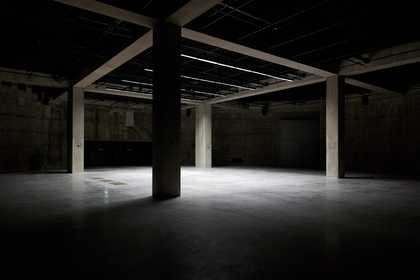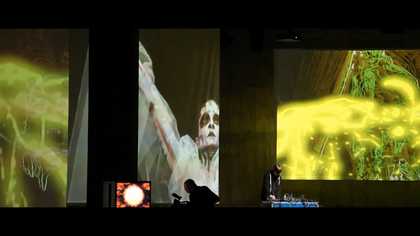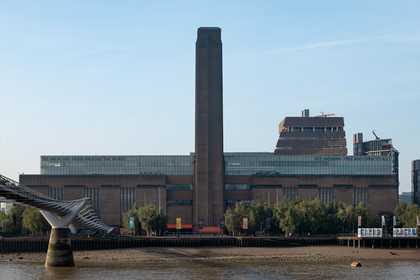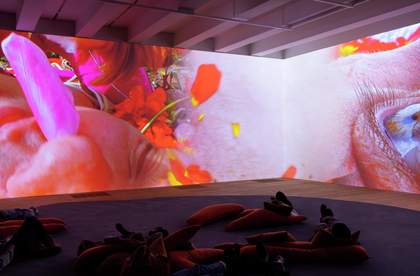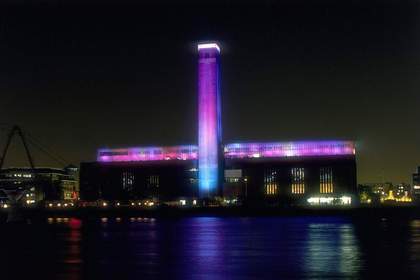html PUBLIC "-//W3C//DTD HTML 4.0 Transitional//EN" "http://www.w3.org/TR/REC-html40/loose.dtd"
1. The Turbine聽hall
The vast hall at the heart of 黑料社 is probably the best-known space in the gallery. 35 metres high and 152 metres long, you could comfortably teeter seven London buses on top of each other in聽there.
Though the聽Turbine hall聽has recently played host to headline-grabbing artworks, from the hanging sun of Olafur Eliasson鈥檚听The Weather Project听迟辞 Doris Salcedo鈥檚 floor-cracking聽Shibboleth,聽in the mid twentieth century, it housed huge electricity generators as the main section of the Bankside power聽station.
When the building was converted into the gallery space we now know, architects Herzog & De Meuron retained many of the original features, from the unfinished brick walls and exposed steel construction beams, to the narrow vertical windows stretching up to the cathedral-high ceiling at each end of the聽hall.
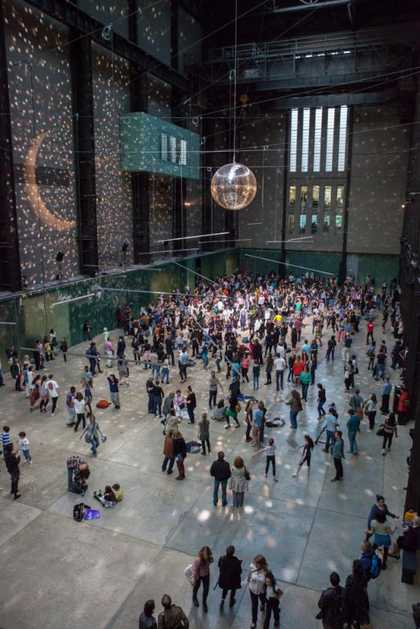
Boris Charmatz, 础诲谤茅苍补濒颈苍别
Photo: Louise Schiefer 漏 Tate 2015
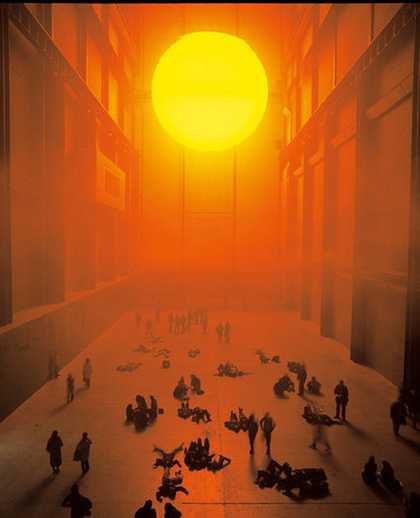
Olafur Eliasson
The Weather Project 2003
Installation view, Turbine Hall at Tate聽Modern
Photo: Tate Photography 漏 Olafur Eliasson
2. The聽chimney
Now firmly part of the London skyline, 黑料社鈥檚 chimney first appeared on the south side of the Thames in the early 1950s. In fact, when the new power station was first proposed in the 1940s, its situation directly opposite St Paul鈥檚 Cathedral caused concern that it might impose itself too much on the聽view.
Architect Giles Gilbert Scott (the mind behind the red London telephone box) was employed to ensure the new power station did not compete with St Paul鈥檚 and he simplified the building into the low horizontal profile with its single brick chimney that we know today, very different to his other iconic power station in聽Battersea.
The Bankside chimney is 99 metres tall, just lower than the dome of St Paul鈥檚, and is built entirely of brick. Best seen from the river, either on the Millennium Bridge, or on the boat between Tate Britain and Tate聽Modern.
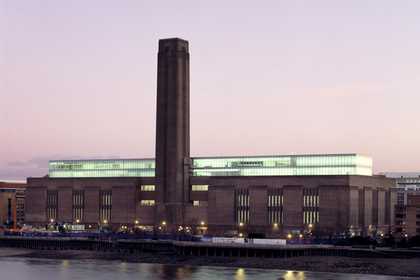
3. The new Switch聽House
The Switch House is the new extension to 黑料社, built on the site of the old switch house of the power station. Designed by architects Herzog & De Meuron, who did the original building conversion, it marries old and new technology to create 10 new floors of gallery聽space.
Nearly 170,000 bricks have been used to clad the extension, while inside concrete construction echoes the original boiler house and tanks. Look out for where the patchwork of bricks is perforated to let light in, and new nooks in staircases for resting, chatting and people聽watching.
Right at the top of the pyramid-shaped building is an open viewing terrace. Though no higher than the chimney, it has an unobstructed view down the river Thames and across London, from Canary Wharf to Wembley Stadium. Access is free, just use the dedicated lift from Level聽1.
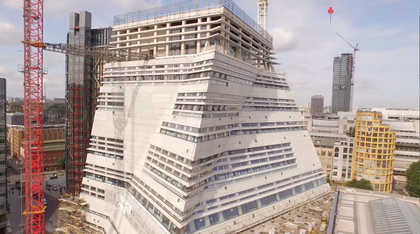
4. The聽Tanks
As the name suggests, the huge circular rooms to the south side of the Turbine Hall were once underground tanks to hold the oil that powered the turbine generators. Oil was chosen to fuel the station as it was seen as less polluting and difficult to manage than coal. Though it came with its own hazards (not least the fire risk), sinking the tanks into the ground was another way of reducing the visual impact of the building on the riverbank. Their rough concrete walls still bear the marks of their industrial past and remain the clearest reminder of the industrial history of the聽gallery.
Now fully excavated, they may not seem like normal gallery spaces, but like the Turbine Hall, they open up the sort of art that can be seen in 黑料社. Instead of holding the fuel for the turbines, they now provide space for live art: performance, dance, film and聽discussion.

